Kung Fu For Kids
As adults, we all know what a tough time the last couple of years have been. But there is now a light at the end of the tunnel. But what about the kids? They have had to adapt greatly at school and in their home lives. This has affected them in many different ways. These include learning at home, more screen time, being careful about how they act and often less access to friends and sports. In 2022, more than ever, perhaps it is time for them to try something new and have a positive change in their lives. At KEI Kung Fu in Amsterdam, there is a large and growing set of kids classes. So what is it that kids love about learning KungFu? And, for the kids and parents what are the benefits? To learn more, we asked some questions to the founders of KEI Kung Fu and their answers reveal some incredible insights. Enjoy this Q+A about the advantages of learning Kung Fu for kids.
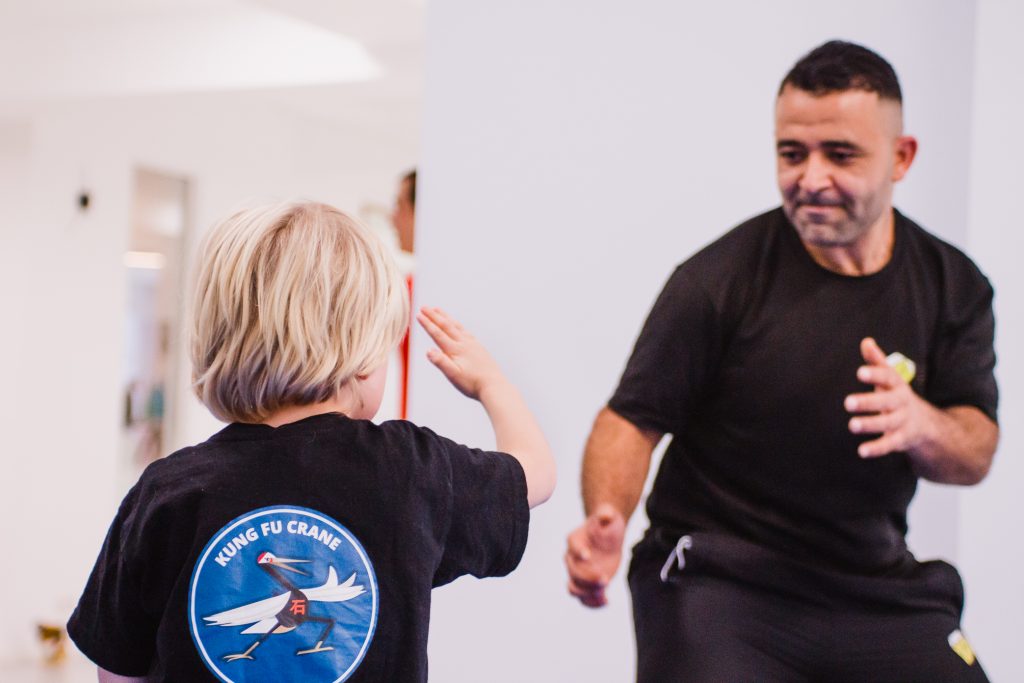
Kei Kung in Amsterdam opened at the start of 2020. This meant their first two years were also dealing with all the challenges of Covid. Despite all the restrictions, the school grew and grew, mainly through word of mouth. So many kids and adults of all ages are loving their regular Kung Fu training and all the new skills they are learning. I should know as I am one of them! I love my classes as do all the other adults at the school. But this piece is not about the adults. It’s about the kids and how learning Kung Fu has helped them. So let’s go straight to the answers by one of the founders of the school and the head instructor Sifu Lai-Wing Hai.

q1. The classes for children are more and more popular. What is it that the kids particularly love about learning Kung Fu?
We’ve found that our Kung Fu program challenges kids in a way that they enjoy. They love that it’s not competitive with others as it is with group sports like football or hockey. But at the same time, they love that they have their own milestones to achieve. Lastly, they really love the idea of moving on to the next belt level. Our Kung Fu program is a positive alternative to team play and one we encourage parents to consider adding to their child’s after school activities.
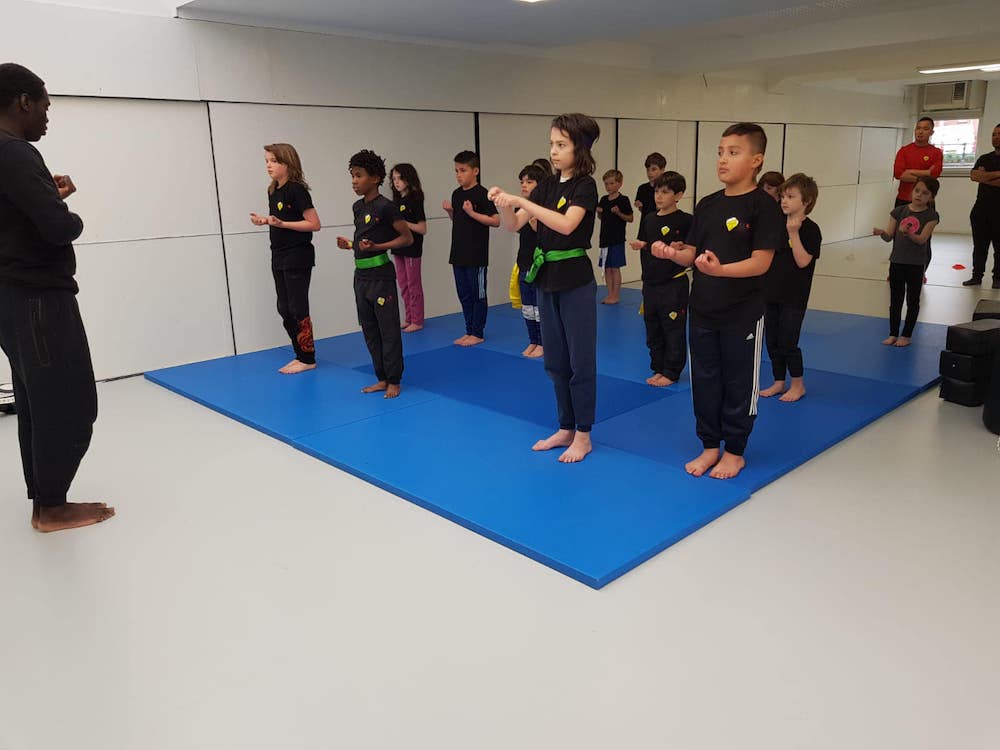
q2. What extra skills are they learning that will benefit them in their general life?
By training in Kung Fu, your child will feel the joys of their hard work and the rewards of their own achievements. This is recognised at belt tests, physical feats, growth over their training plan, to name just a few! Throughout your child’s training, they will reach goal after goal and learn the value in putting in hard work and seeing the fruits of their efforts, which is actually what Kung Fu stands for.
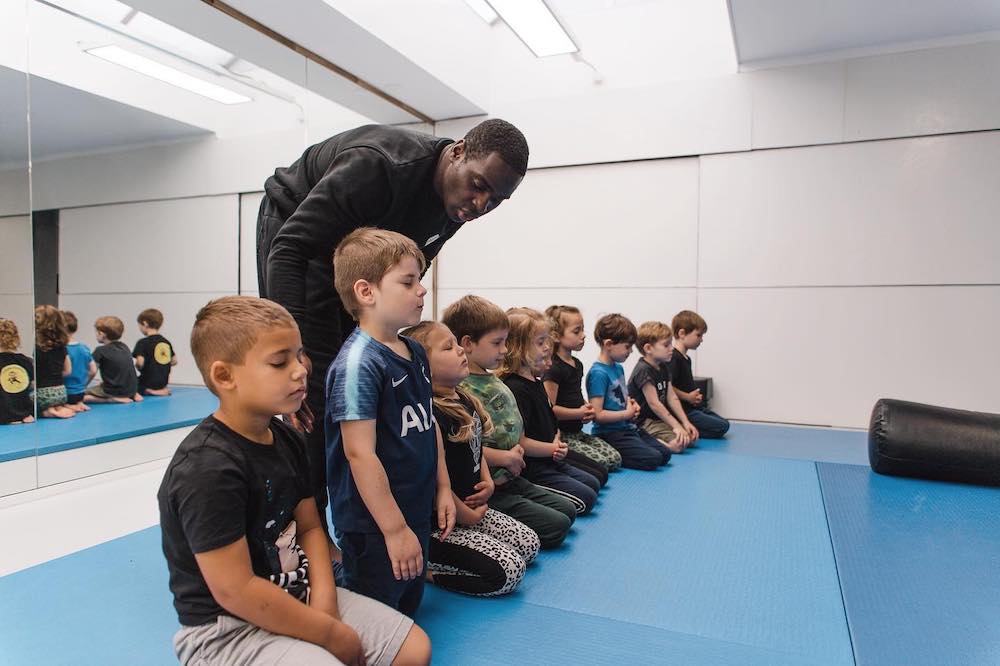
q3. What changes do the parents tell you that they have noticed about their children since they started Kung Fu for kids classes?
Parents have discovered many benefits of enrolling their children in our kid’s Kung Fu classes at KEI! Many parents have noticed that their kids have grown in confidence. Also, the Kung Fu program has given their kids the drive not only to do their best but to be their best. Others have reported that their kids have become much stronger, more flexible and coordinated as a result of our classes.
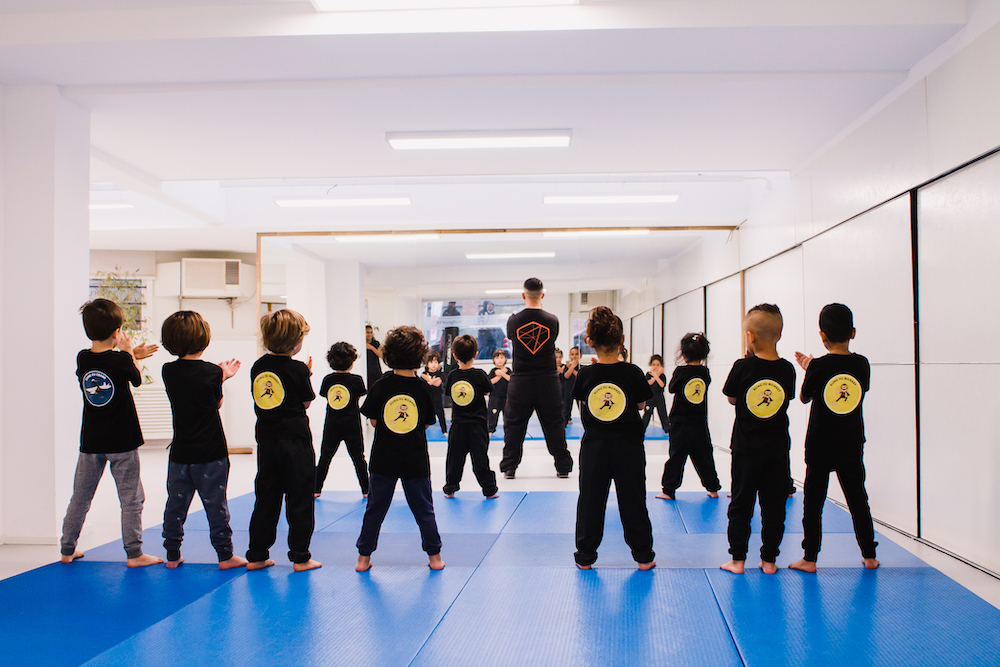
q4. A large part of Kung Fu training is breathing and relaxation. What extra benefits does that bring to the children whose lives are so filled with constant stimuli?
Nowadays children increasingly find themselves in challenging environments both at school and at home. This could be anything from test-taking, public speaking, sports, music or even peer interactions and family life. Breathing work and mindfulness techniques are used by some of the world’s most successful musicians, athletes, and anyone else who has to perform under pressure in their daily life. By introducing some of these techniques to our kids at KEI Kung Fu, they will develop the capacity to approach conflict calmly. Also, it means thinking critically about stressful situations rather than reacting impulsively.
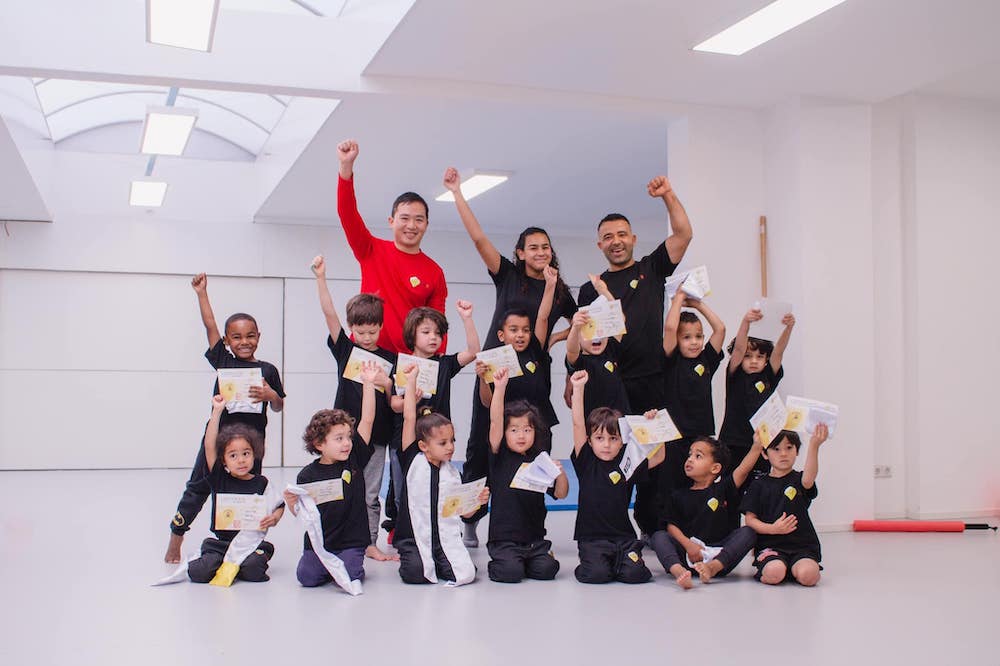
q5. Children just love doing things that are fun. How are the fun elements integrated into the teaching?
A one hour Kung Fu For Kids class consisting of warming up, fundamentals, forms and self-defence applications is a long time for young children to maintain their focus. For this reason, we blend our classes with exciting and challenging games. These games are great to stimulate a sense of fun and enjoyment. For example, instead of jumping right into the technical skills and drills, our classes always start with a fun and creative warm-up session, which includes animal walks and crawls. It gets the blood flowing and it’s guaranteed fun. This adds variety and sustains interest, keeping the lessons “fresh”. These games are somehow related to Martial Arts and enhance attributes such as balance, flexibility, strength and speed of movement.
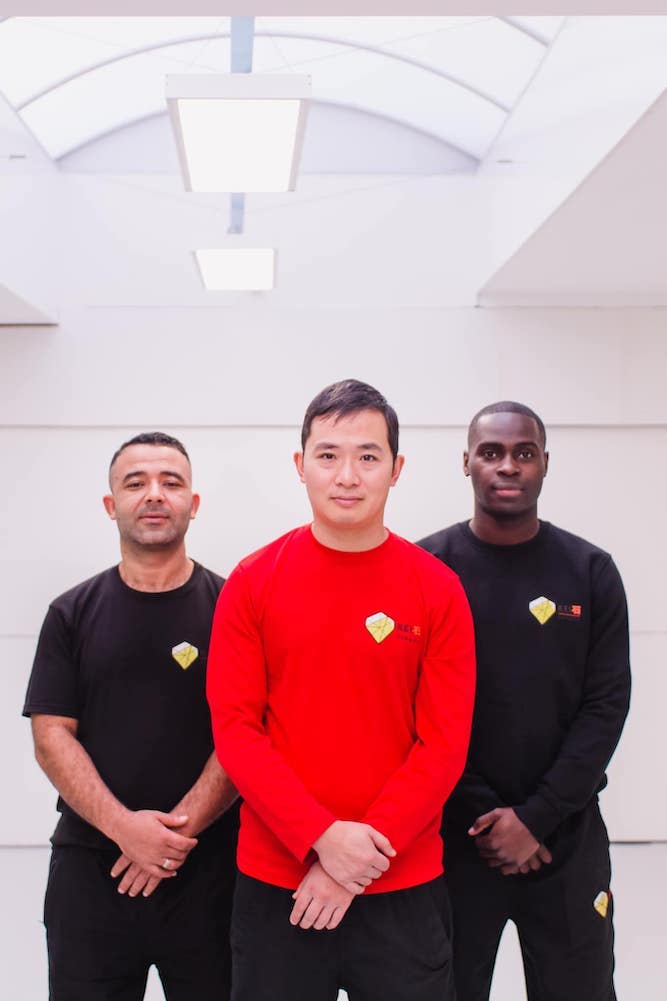
q6. Please tell us more about the different classes or kids and the options available to parents.
With many years of teaching experience, we have found that the children learn best in specific classes tailored for each age group. We split our children’s classes into 4 age groups— ages 4-5, ages 6-8, ages 9-11, and ages 12-16. Each class is taught with a different emphasis appropriate for the child’s age and children move to the next group when the instructors feel the child is ready to progress. Parents – if you think that martial arts classes are just for kids, think again. Although your little one and their friends might get a kick out of their martial arts class, there are plenty of classes at KEI Kung Fu that offers options for parents to join in as well. Our academy is welcoming and you’ll find the positive energy and motivation you need to develop physical attributes such as mobility, flexibility, endurance and strength. Our training programs will help you improve your mental, emotional and physical strengths, allowing you to overcome any struggles of your everyday routines! You can sign up for your introduction class today! Want to know more? Feel free to get in touch with our team.
